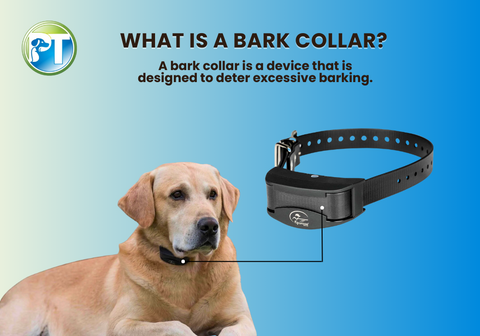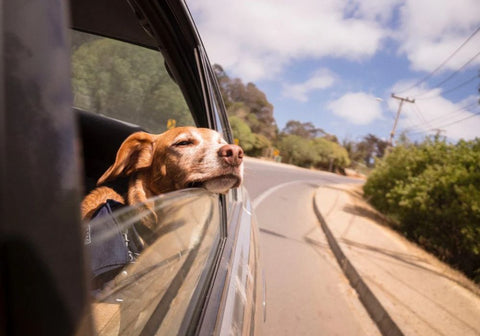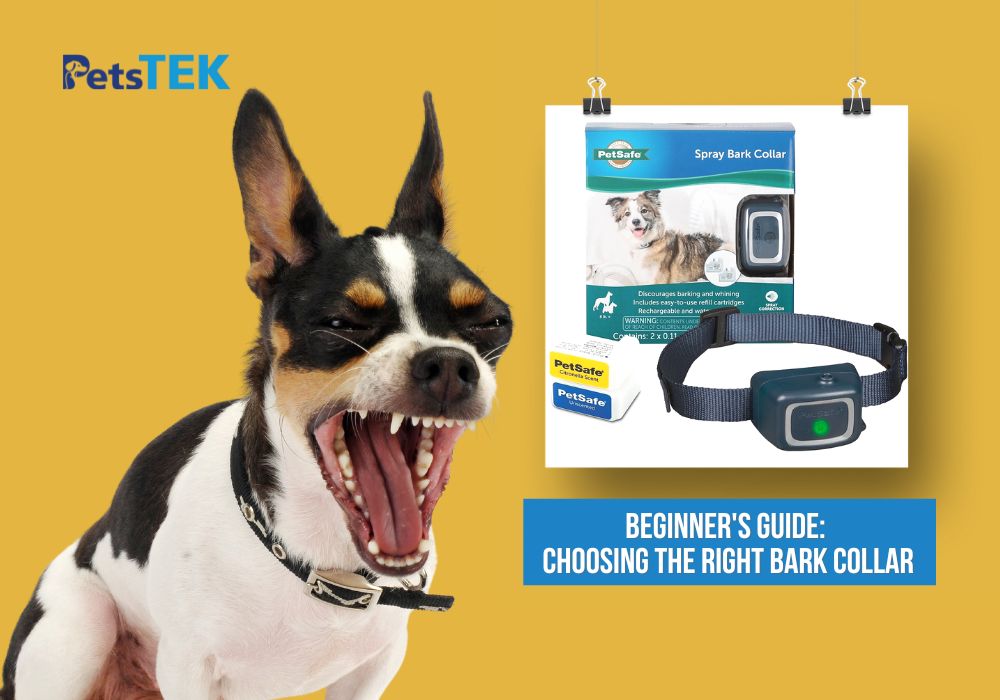Travel Tips for Flying with Your Dog – Airline Rules and Comfort Guide
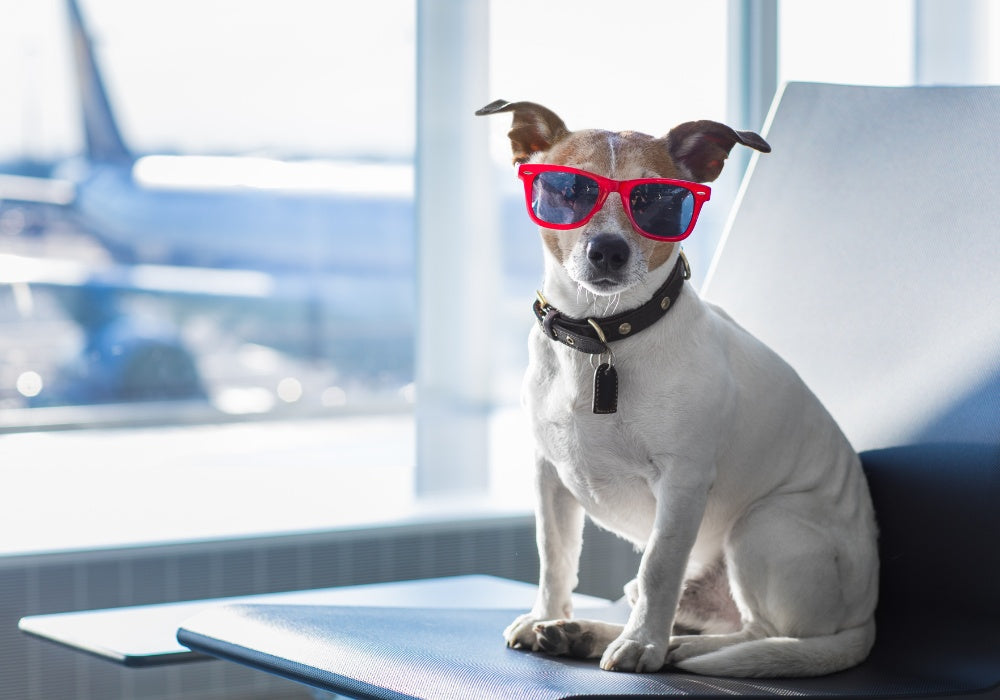
Flying with your pet can be a fantastic way to bring them along on vacation or visits with loved ones. However, the reality of air travel with your canine companion can be daunting. From airline regulations to your dog's well-being, the necessary preparations can feel overwhelming.
Don't worry, though. There are ways to make the journey smoother. This article will break down everything you need to know on how to fly with your pet. We'll cover airline regulations, keeping your dog comfortable, and all the little details.
Planning Your Flight
One of the first steps in planning your trip is choosing the right airline. Let's dive in!
1. Choosing a Pet-Friendly Airline
Not all airlines allow pets on board. Do your research and choose an airline that has a pet-friendly policy. When choosing an airline, be sure to consider the following factors:
- Size restrictions: Airlines have restrictions on the size and weight of pets allowed in the cabin. Typically, smaller dogs that fit comfortably in a carrier under the seat are allowed. For larger dogs, cargo travel might be the only option.
- Pet policies: Some airlines have more restrictive pet policies than others. For example, some airlines only allow certain breeds of dogs due to concerns about size or temperament. Check the airline's policy to avoid any surprises.
- Fees: Airlines typically charge a fee for pet travel. The fee may vary depending on the airline, dog size, and whether your pet is traveling in the cabin or cargo hold.
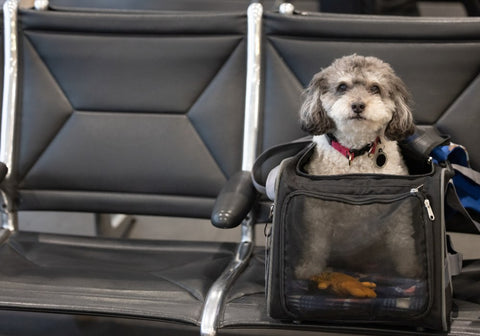
2. Cabin vs. Cargo: Which Is Better?
The decision between cabin and cargo travel depends on your dog's size, temperament, and even breed. Ideally, if your dog meets the size and weight requirements, cabin travel is considered the safer option. This allows you to monitor your pup and address any needs they might have during the flight.
If you choose cabin travel, consider booking a window seat. This positions your dog further away from the aisle's hustle and bustle. Moreover, these seats often offer more legroom underneath for your pet's carrier.
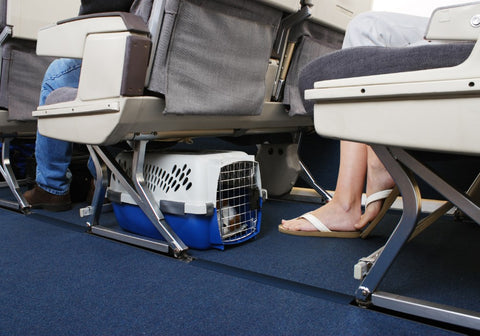
However, if cabin travel isn't possible, here's how you can ensure your pet's well-being in the cargo hold:
- Choose a reputable airline: Some airlines have better safety records than others when it comes to transporting pets.
- Book your flight early: Many airlines have limited space for pets in the cargo hold, so it’s wise to book your flight early. If possible, fly during spring or fall for milder temperatures. Avoid peak travel days for a higher chance of available cargo space. Also, choose a direct flight or one with minimal layovers to limit your dog's time in the cargo hold.
Getting the Necessary Paperwork
Before your trip, you'll need to gather the required paperwork for your dog's travel. These documents may include a valid rabies vaccination certificate, a health certificate, and a microchip identification number. Check with your airline and the destination’s regulations to ensure you have all the needed paperwork.
- Rabies vaccination certificate: Your dog must be up-to-date on their rabies vaccinations. You can obtain a rabies vaccination certificate from your veterinarian. The certificate should list the vaccination date, vaccine type, and the veterinarian’s name and address.
- Health certificate or Certificate of veterinary inspection (CVI): For most trips, especially if you're flying out of state, you may need to secure a certificate of veterinary inspection. Think of it like a doggy passport that shows they're healthy to travel. This certificate must be dated within 10 days of your flight. The certificate should list the dog’s name, breed, age, weight, and general health status. The veterinarian should also certify that the dog is free of any contagious diseases.
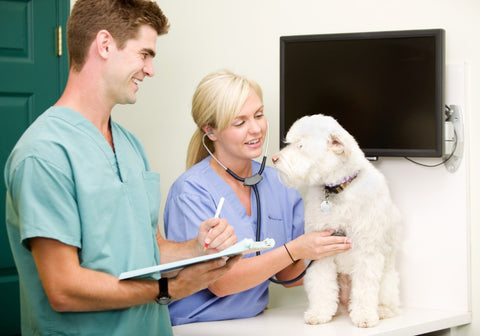
- Microchip identification: Your dog must be microchipped. The microchip number must be registered with a national database. This will be helpful in case your pet gets lost.
- Airline-specific requirements: Besides the general paperwork requirements, some airlines have additional requirements. For example, some airlines may require that your dog be in a specific type of carrier. It is important to check with the airline you are flying with to determine their flight requirements.
- Check with the destination's regulations: Some countries can be very strict about bringing in animals. They might require extra paperwork or even special treatments for your dog before they can enter.
But don't forget, the same goes for coming back home. The U.S. might also have rules about bringing pets back into the country. So, a quick check on those regulations before you leave is a smart move to avoid any hassle on your return trip.
Preparing Your Dog for Travel
Taking your pup on a plane trip can be a blast, but just like us, they need to be ready for the adventure. However, unlike humans who can easily understand airport rules, dogs need a little training for the unique challenges they'll encounter.
1. Selecting the Perfect Travel Crate or Carrier
Each airline has specific size and material requirements for pet carriers. Make sure to choose a crate or carrier that meets the airline's regulations. You can find this information on the airline's website or by calling customer service.
The pet carrier should be roomy enough for your dog to stand up, turn around, and lie down comfortably. The carrier must be sturdy and well-ventilated. Opt for a carrier with a secure door that can be opened from the outside. Label the carrier with your name, address, and phone number.
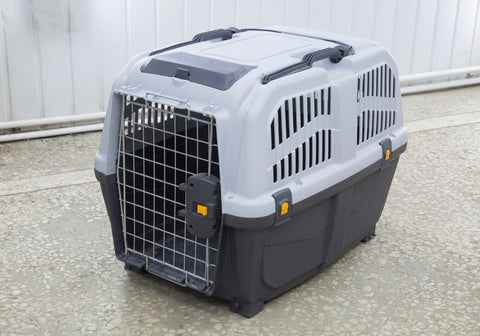
2. Acclimating Your Dog to the Carrier
To make your pet's flight smooth and stress-free, you need to get them acclimated to their travel crate beforehand. Here's how to make your pet calm and comfortable inside their carrier:
- Introduce the crate to your dog well before your flight and make it a positive experience.
- Leave the crate open with the door removed and toss in some yummy treats or chew toys. Encourage your dog to go inside and explore at their own pace.
- Gradually start feeding your dog their meals inside the crate. This creates a positive association with the carrier and makes them feel comfortable spending time inside.
- Line the bottom of the crate with a soft blanket or bed that your dog loves. This will make it feel more like a cozy den and less like a cage.

Tip: Bring a toy or blanket for your pet to keep them occupied during the flight.
3. Turning Your Pup into a Travel Pro
Training your dog, whether basic commands or more advanced skills, can make all the difference on your trip. A well-behaved dog translates to a more relaxed and enjoyable vacation for everyone.
There are many effective training methods available, and the best approach depends on your dog's unique personality and needs. Some trainers recommend using dog training tools like e-collars or bark collars. With proper use, these tools can be very valuable in training your dog.
How to Go Through TSA with Your Dog
Right before approaching security, take your dog for a good potty break. This helps avoid accidents during screening. Have the necessary documents easily accessible, as the TSA officer might need to review them.
At security, get in line for screening with your dog securely placed in their carrier. Inform the TSA officer that your pet is inside and they'll guide you through the process. The carrier itself will likely go through the X-ray machine.
Never ever put your dog in the X-ray scanner. Remove your dog from their carrier and they will then be scanned by the security officer. Keep your dog calm and leashed during this time. Speak to your dog in a soothing voice and offer a favorite treat to distract them.

After that, you can board the plane with your dog and enjoy your flight!
You might also enjoy...
-
Posted in
Pet Training, Remote Training Collar, Training Tips

